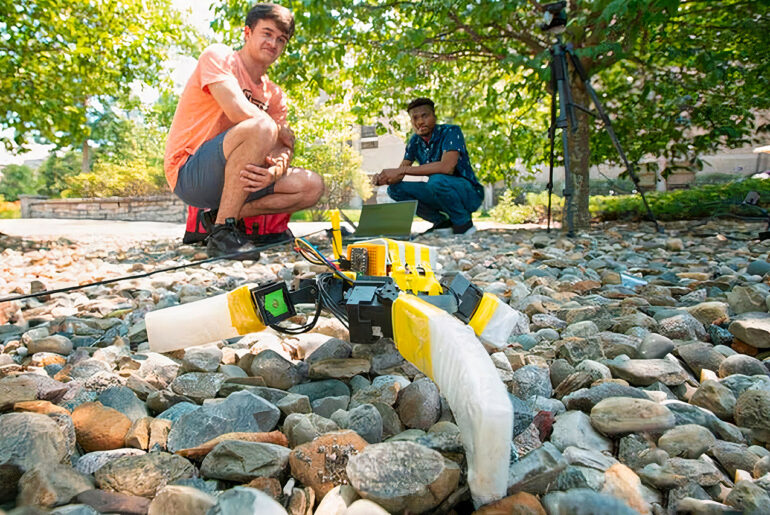
MRMC’s CineBot Mini is great for live-action camera shoots, while this robotic sea turtle, built by engineers at the University of Notre Dame, mimics that varied gait patterns of their real-life counterpart. It was designed using data collected from zoological studies on the morphology, gait patterns and flipper flexibility of multiple sea turtle species, thus enabling engineers to maximize adaptability and versatility.
This robotic sea turtle is modeled after the size and structure of hatchlings, which are particularly vulnerable, as they must run a gauntlet of predator sea birds on their journey from nest to ocean. The team hopes that they will be able to use these baby sea turtle robots to safely guide hatchlings to the ocean and minimize the risks they face during this critical period.
- Build and tend a beautiful garden – Take time out with this LEGO Icons Tranquil Garden (10315) mindful building project for adults who love...
- What’s in the box – Everything you need to build and display a Japanese Zen garden model with a pavilion, arched bridge, stream, koi carp, lotus...
- Customize your creative building set – Slots in the base of the Zen garden model make rearranging easy, so you can create different configurations...

The sea turtle’s unique body shape, the morphology of their flippers and their varied gait patterns makes them very adaptable. Mimicking this adaptability is challenging because it requires an intricate understanding of how morphology, flexibility and gait interact with the environment. Studying how sea turtles adapt their gaits to traverse complex and varied terrains can help us design more versatile robots,” said Yasemin Ozkan-Aydin, assistant professor of electrical engineering at the University of Notre Dame.




